Gifford Beal
American, 1879–1956
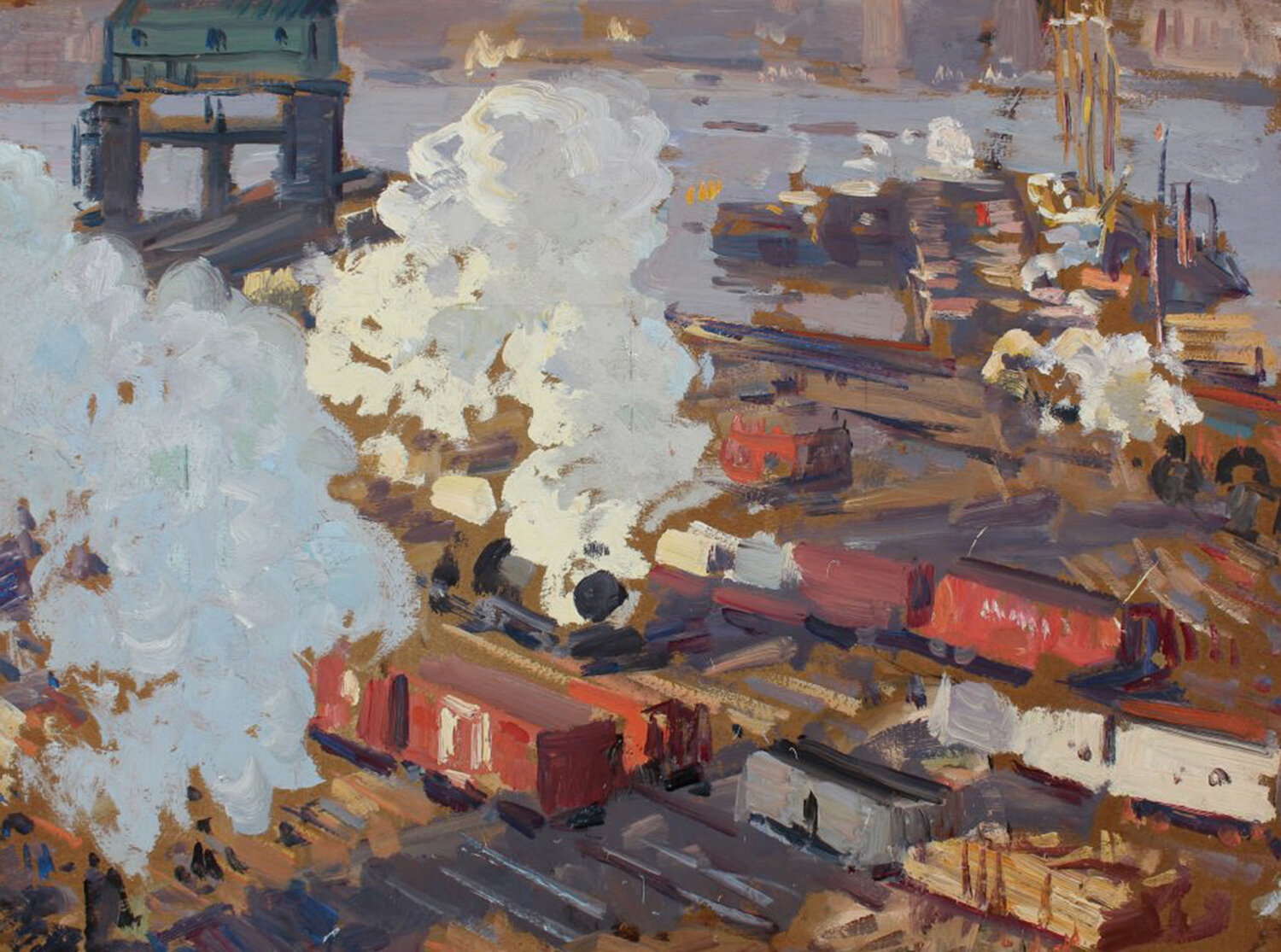
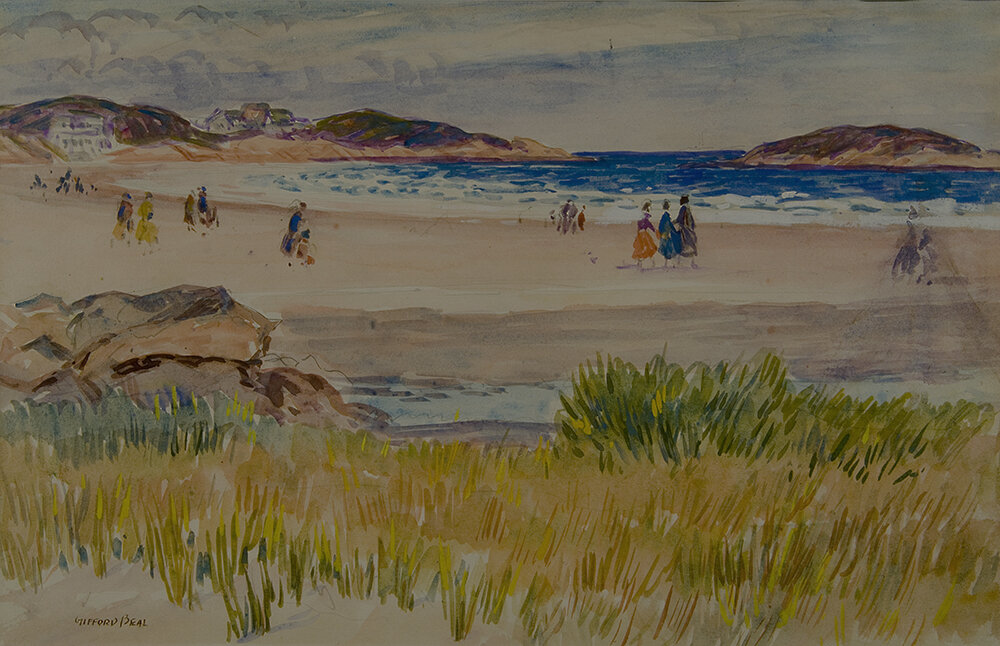
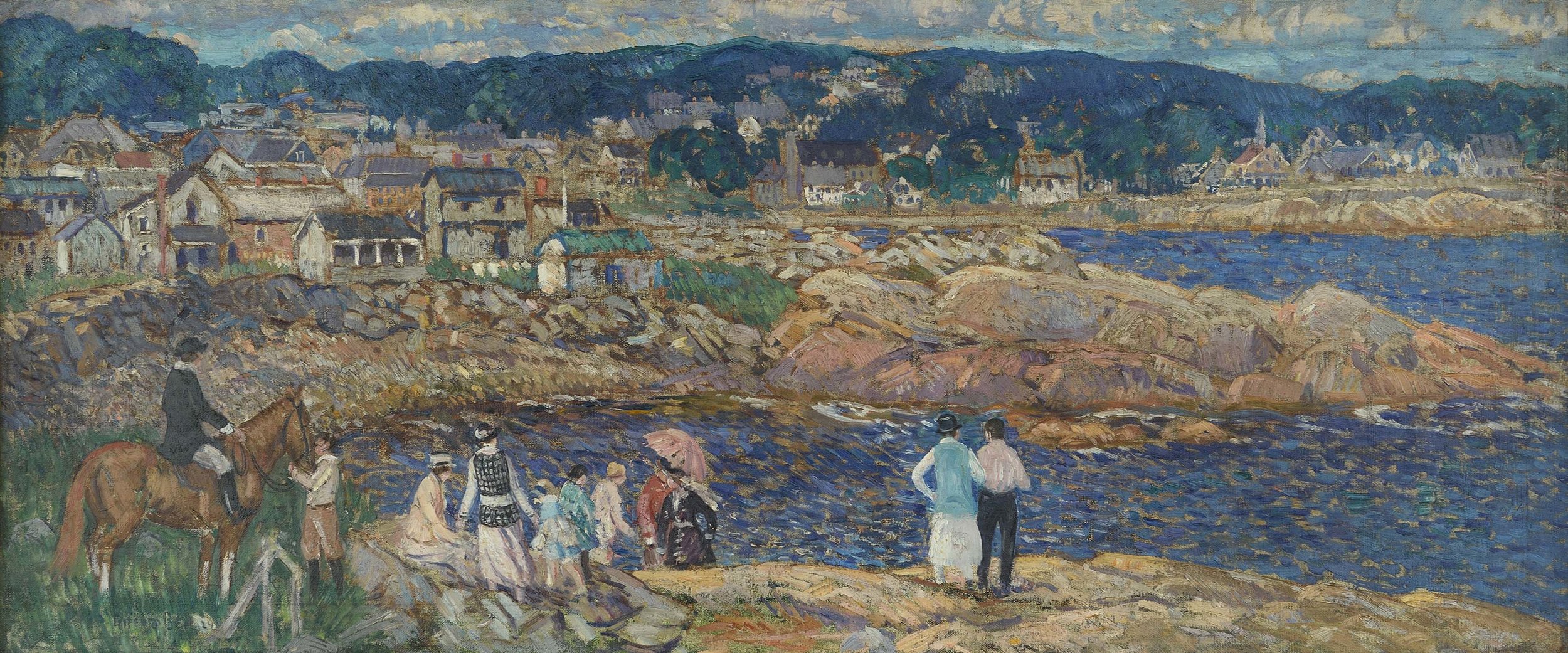
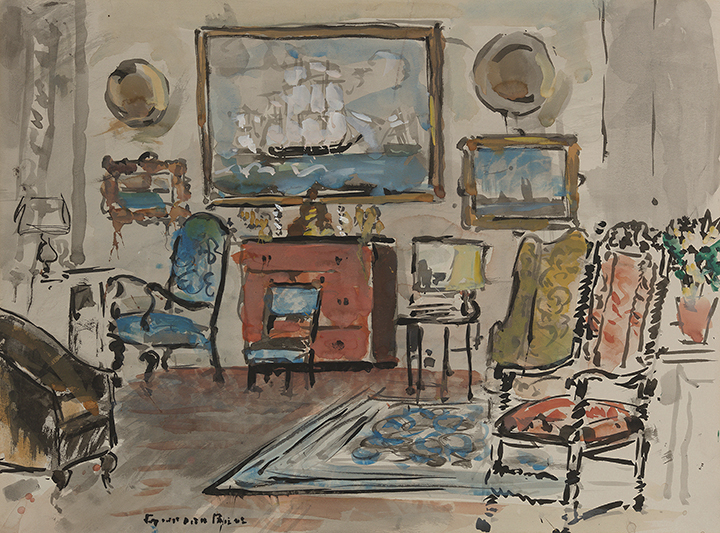
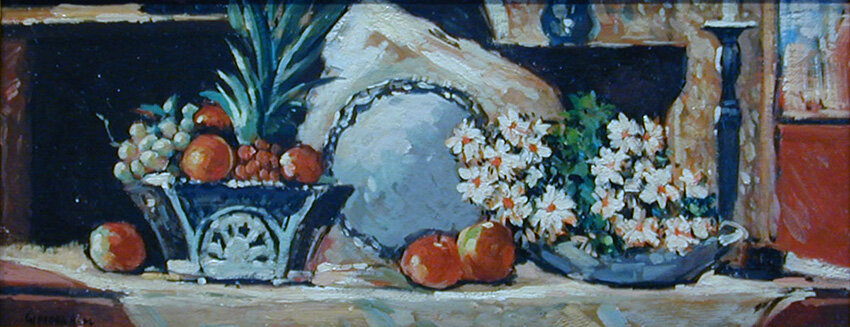
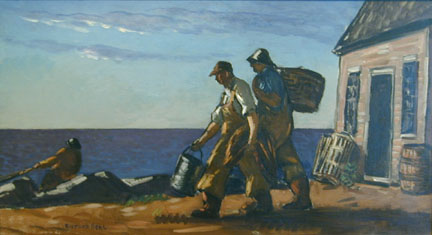
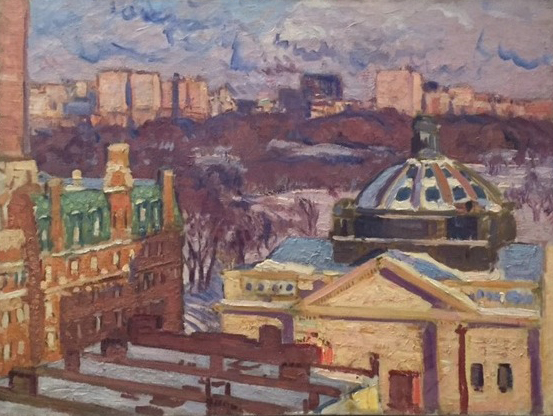
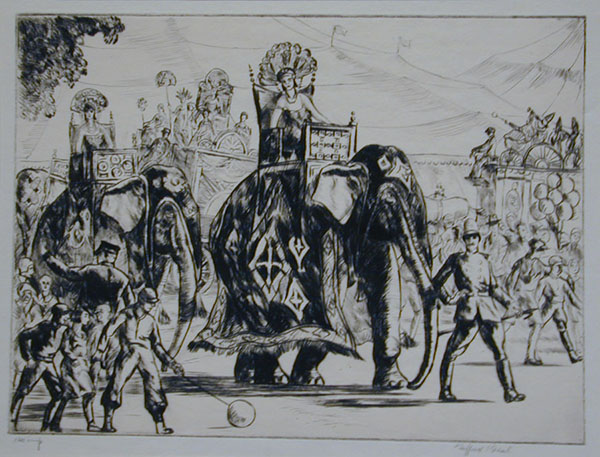
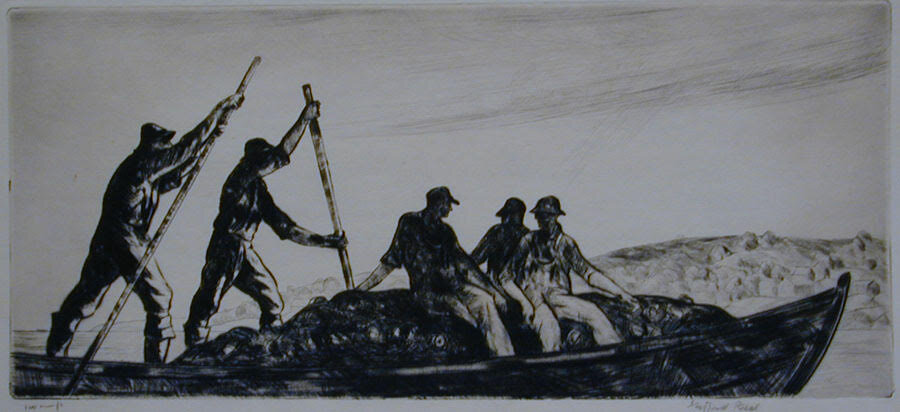
Click on image for details
<< BACK TO ARTISTS
Gifford Beal always knew that he wanted to paint. At 12, he began studying with William Merritt Chase on weekends in New York City and during the summer at Chase’s School in Shinnecock Hills, Long Island. Beal would continue his work with Chase while attending Princeton University. He also studied at the Art Students League and, later, served as its president for a record 14 years. Beal had early professional success, winning national painting and watercolor prizes. In 1914 he was elected to membership in the National Academy of Design.
Beal's subjects varied. He found inspiration not only in holiday spectacle and pageantry but also in the natural and every-day side of life. Some of his best known pictures are of holiday crowds, circus performers and hunting scenes. Yet, Beal enjoyed painting the Caribbean Islands and the landscape along the Hudson River and in Gloucester and Rockport, Massachusetts, where he spent many summers. He depicted many scenes of the fishermen who worked there.
The French Impressionists' use of color and light to create form and atmosphere provided Beal's first influence. As his personal style developed, other elements of painting were emphasized: compositions were built on line and form thereby adding more solidity to the work. Beal believed in the power of spontaneity and would sometimes rework a "dead" area of color with line in order to revitalize it.
Gifford Beal's style underwent a simplification in the 30s, his "austere" phase which coincided with American regionalism. As he grew older, his work became increasingly free and spirited, in part due to his exploration of different media, especially egg/oil tempera and brush and ink. These changes increased his sense of color and gesture, and he began to emphasize the abstract qualities of his subject. He did some of his boldest and brightest work during the last years of his life.

